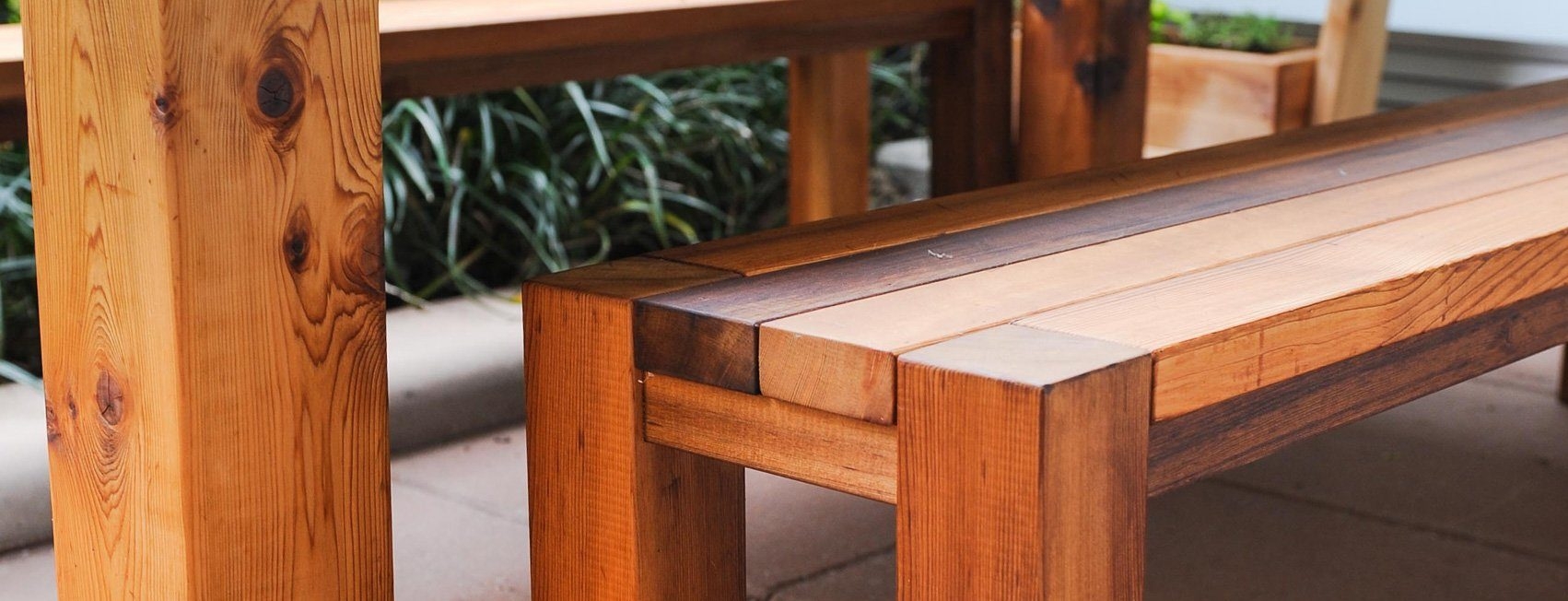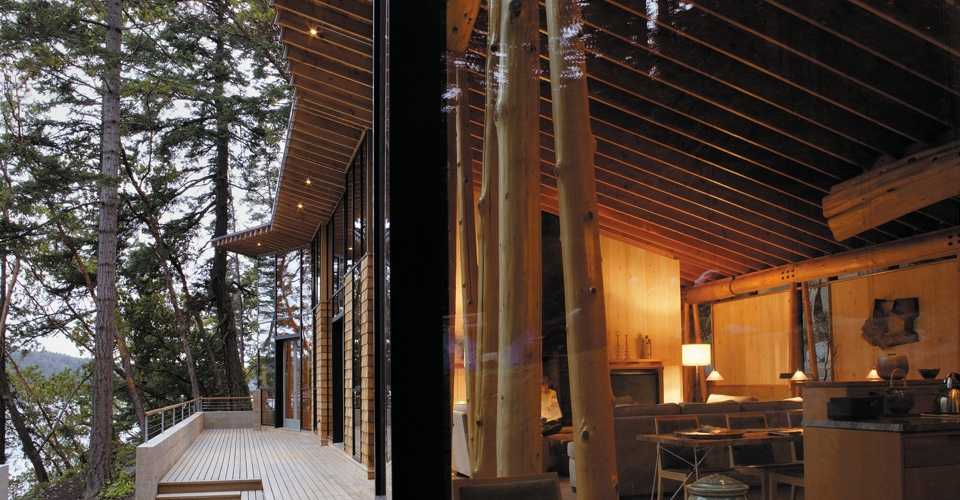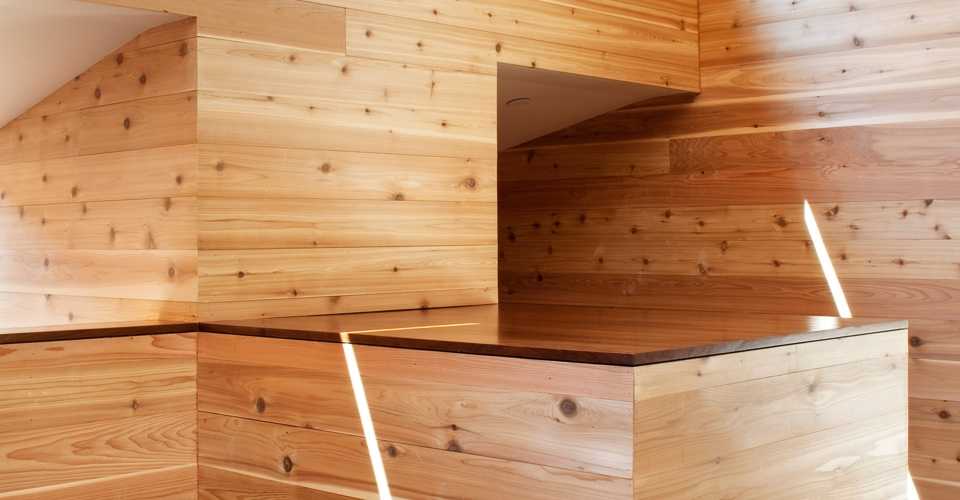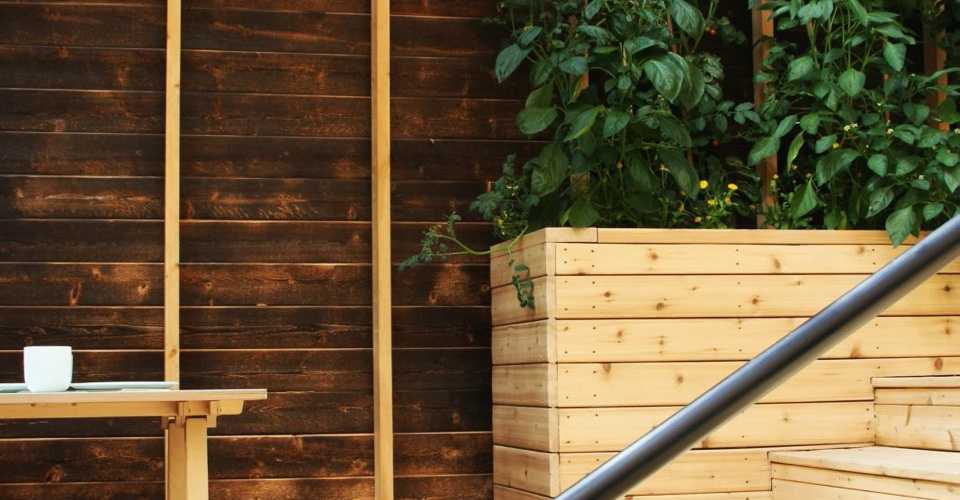Back
Back
Back
Back
Back
Back
Back
Back
Back
Back
Back
Back
Back
Back
Back
Back
Back
Back
Back
Back
Back
Back
Back
Back
Back
New Zealand
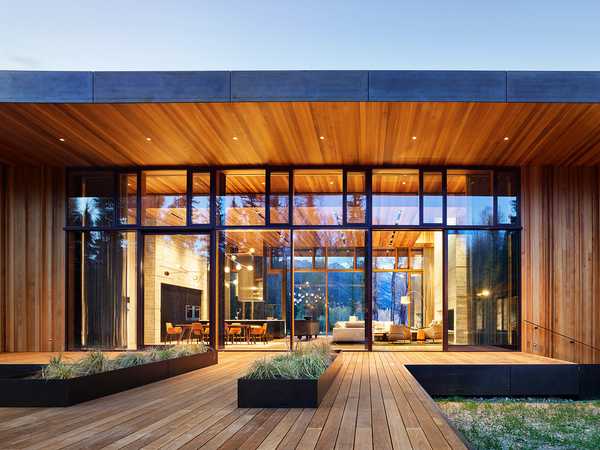
Preparing to Finish
Preparation
Preparing Cedar Outdoor Applications
The surface condition of the wood to which the finish is to be applied can substantially affect the performance and hence the life expectancy of the finish. The following procedures should prove helpful:
New Wood
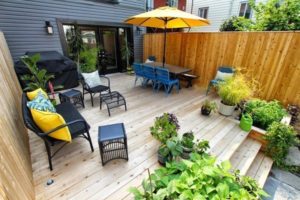
For smooth-planed, flat-grained cedar, some surface preparation may be desirable. On flat-grained wood, the surface should be scuff-sanded with 50-60 grit sandpaper. This procedure will greatly increase the coatings performance but will not detract from a smooth finish. Surface preparation is not necessary for textured cedar.
Weathered New Wood
Weathered new wood that has been exposed to the elements for longer than 2 weeks may have a degraded surface that is unsuitable for painting. Preparing the surface by sanding, brushing, and washing before applying the finish is recommended.
Paint Finishes
Paint finishes must be removed if the old surface is severely peeled, blistered, or if cross-grain checking has occurred because of excessive paint build-up. The removal of a film-forming finish is also necessary if a penetrating stain or water-repellent finish is to be applied to a previously painted or solid-color stained surface. Note that changing from a film-forming to a penetrating finish sometimes does not give satisfactory results because residual paint inhibits absorption.
Finishes can be removed by sanding, wet sandblasting, pressurized water spray, electrically heated paint removers and chemicals. Although quick and easy, sandblasting and pressurized water spray are not recommended unless extreme care is taken to avoid damage to the wood’s surface. Special precautions to ensure worker safety must be taken if the old paint is of the lead-based type.
Weathered Water-Repellent Preservative Finishes
Weathered water-repellent preservative finishes should be cleaned with a non-ferrous bristle brush to remove loose fibers and dirt. If the surface is soiled, it may be scrubbed with a mild detergent solution. If mildew is present, it should be controlled. The surface should be thoroughly rinsed and allowed to dry completely before refinishing.
Caution: Never mix bleach with detergent containing ammonia as the fumes can be harmful or fatal.
Weathered Penetrating Stains
Weathered penetrating stains on mildew-free surfaces are relatively easy to refinish. Excessive scraping or sanding is not required. A stiff, non-ferrous bristle brush may be used to remove surface dirt, dust and loose wood fibers before applying the stain.
The Truth About “Mill Glaze”
Western Red Cedar is classified as a durable wood species, dimensionally stable, and suitable for a wide variety of coatings and finishes. It is these characteristics that make Western Red Cedar suitable for exterior use for many outdoor applications.
It has been proven through field studies and research that Western Red Cedar is an excellent substrate for coatings and finishes. When comparisons are made between Western Red Cedar and other wood species, Western Red Cedar outperforms them all.
Poor practices at construction sites, building design, and improper installation all have a negative impact on the performance of Western Red Cedar and coatings applied to it.
Many of the uninformed have attributed some coating failures on Western Red Cedar to “Mill Glaze”. They state that a varnish like glazing of extractives, resins, and sap will develop on the surface of the wood during the planing process interfering with the adhesion of the coating.
Western Red Cedar does not contain any sap or resins that can migrate to the surface. Western Red Cedar does contain extractives that make it resistant to insects and decay but they are not resinous or sap like. If Western Red Cedar became hot during the planning process, the surface would show burn marks. Researchers at the U.S. Forest Products Laboratory have not been able to duplicate paint failure by “glazing” at the surface.
The typical scenario where a coating company will cite mill glaze as the cause for coating failure on Western Red Cedar siding is:
- No primer
- One coat of solid color stain
- Spray applied
- Siding left exposed to the weather 4 weeks or more
- No building paper
- House with little or no overhang
- Siding delivered and stored unprotected on the ground where it took on moisture
- Siding not back-primed
- Blistering paint with water in the blisters
It is proven that textured surfaces hold coatings better than smooth surfaces. If the smooth face of Western Red Cedar is the graded face and the exposed face, light sanding will improve the performance of any finish.
Finishing Tips
Tips to Retaining Color
There’s always the low-maintenance option of letting your western red cedar outdoor projects weather to a beautiful silver grey. But if that doesn’t suit your personal palette, there’s a wide range of finishing products you can apply to retain, or alter, your wood’s color. Here’s how:
Begin With a Finish
Ideally, you want to apply a finish to all six sides of your wood before installing them… or better yet, opt for factory applied finishes. That way, you can rest easy knowing your Real Cedar was treated by pros. But hey, if you’re an ambitious DIY improver who likes to take more of a hands-on approach to outdoor projects, then more power to you! Bear in mind though: If left unfinished and exposed to the elements (even for just a few weeks), Real Cedar’s ability to hold paint or stains will be compromised, so don’t delay. As for what procedures to follow for particular finishes, here’s what WRCLA recommends:
| Type of Finish Coat | Recommendation |
|---|---|
| Natural and semitransparent stains | Apply the oil based stain to all surfaces |
| 100% acrylic solid color stains and paints | Apply an alkyd oil, stain-blocking primer (preferred) to all surfaces. High quality water based stain blocking primers may also be used. |
| Bleaching oils | Apply the bleaching oil to all surfaces |
Know Your Product’s Lasting Power
Western Red Cedar has a reputation for holding finish exceptionally well, and for good reason too. After all, Real Cedar is pitch and resin-free, which means there’s nothing to interfere with the bonding of your finish. That said, no finish lasts forever. So when it comes to choosing a finish for your Real Cedar project, it’s good to know the expected lifespan of your product. Here, then, is a breakdown of the four more most common types of WRC finishes:
| Finish | On Planed Smooth WRC | On Textured WRC | ||
|---|---|---|---|---|
| Suitability | Expected Life (yrs) | Suitability | Expected Life (yrs) | |
| Paint | High | Up to 10 | High | Up to 12 |
| Solid-color stain | Moderate | 3 to 5 | High | 4 to 6 |
| Bleaching Oil | Moderate | 3 to 5 | High | 5 to 6 |
| Semi-transparent stain | Moderate | 1 to 3 | High | 2 to 4 |
| Water-repellent preservative and oil | High | 1 to 2 | High | 1 to 2 |
Search and Destroy Contaminants
Dirt and mildew are among the most common causes of discoloration. Thankfully, both culprits are relatively easy to combat. With surface dirt, cleaning with a mild non-phosphate detergent solution from time to time should be enough to restore and retain your wood’s beautiful color. But, when it comes to restoring color that’s been altered by mildew, there’s a little more involved. First, you have to kill the mildew with an oxygen bleach solution or commercial mildew remover. Then rinse, allow to dry and make sure mildew is completely annihilated before coating with some sort of mildew resistant finish.
© 2025 All rights reserved
Gatsby Website Development by Jambaree
